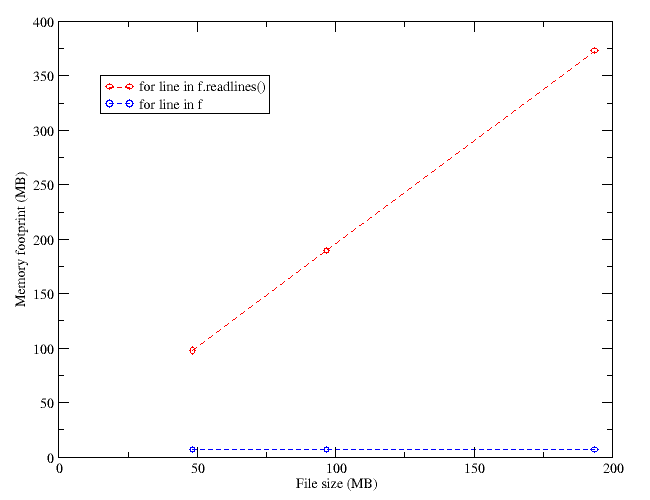Following some security policy updates (not necessarily for better) in my workplace, a colleague and I discussed the vulnerability of user passwords in the accounts of our computers. He assured that an attack with a cracker program such as John the Ripper could potentially break into someone’s account, if only the cracker would have access to an initial user account.
I am by no means an expert on cryptography and computer security, but I would like to outline some ideas about the subject here, and explain why my colleague was partially wrong.
How authentication works
When we log in to an account in a computer, we enter a password. The computer checks it, and if it is the correct one, we are granted access. For the computer to check the password, we must have told it beforehand what the correct password is. Now, if the computer knows our password, anyone with access to the place where it is stored could retrieve our password.
We can avoid that by not telling the computer our password, but only an encrypted version. The encrypted version can be obtained from the password, but there is no operation to obtain the password from its encrypted form. When the computer asks for a password, it applies the encrypting algorithm, and compares the result with the stored encrypted form. If they are equal, it infers that the password was correct, since only from the correct password could one obtain the encrypted form.
On the other hand, no-one can possibly obtain the original password, even by inspection of the contents of the host computer, because only the encrypted form is available there.
How password cracking works
I will only deal with brute force attacks, i.e., trying many passwords, until the correct one is found.
Despite the “romantic” idea that a cracker will try to log in to an account once and again, until she gets access, this method is really lame, since such repeated access tries can be detected and blocked.
The ideal approach is to somehow obtain the encrypted password that the computer stores, and then try (in the cracker’s computer) to obtain the plain password from it. To do so, the cracker will make a guess, encrypt it with the known encrypting method, and compare the result with the encrypted key, repeating the process until a match is found. This task is the one performed by tools such as John the Ripper.
Why this shouldn’t work in a safe (Linux) system
The security of a password relies heavily on the difficulty of guessing it by the cracker. If our password is the same as our user name, this will be the first guess of the cracker, and she’ll find it immediately. If our password is a word that appears in a dictionary, they’ll find it quickly. If it is a string of 12 unrelated characters, plus digits, dots or exclamation marks, then it will take ages for the cracking program to reach the point where it guesses it.
The second hurdle for the cracker is that, even if she gets access to a regular user account, the file where the encrypted passwords are stored is only readable by the root (administrator) user (in a Linux system). Information about users and their passwords is stored in /etc/passwd (that any user can read) and /etc/shadow (that only root can read). The encrypted password is stored only in the latter. In the past all info was in /etc/passwd, but later on it was split, to increase the security.
In short: you need root access to start trying to crack passwords in a machine… but, if you have root access, why bother? You already have full access to all accounts!




